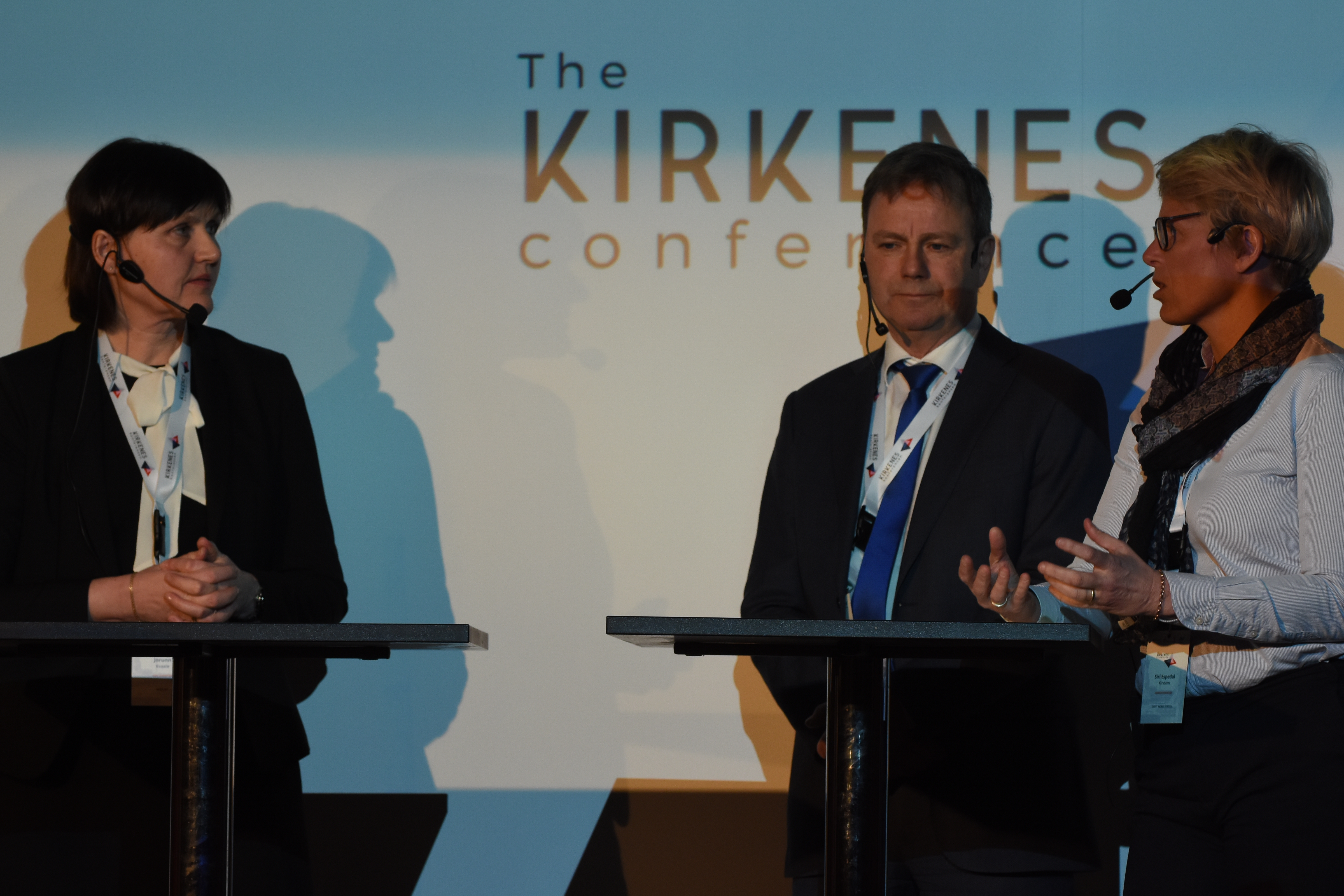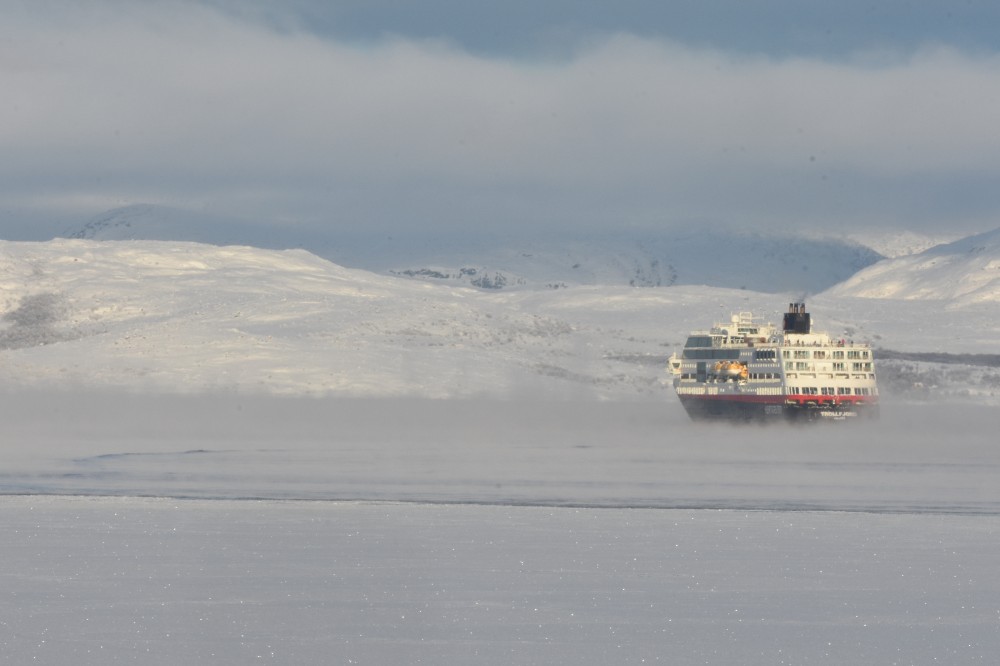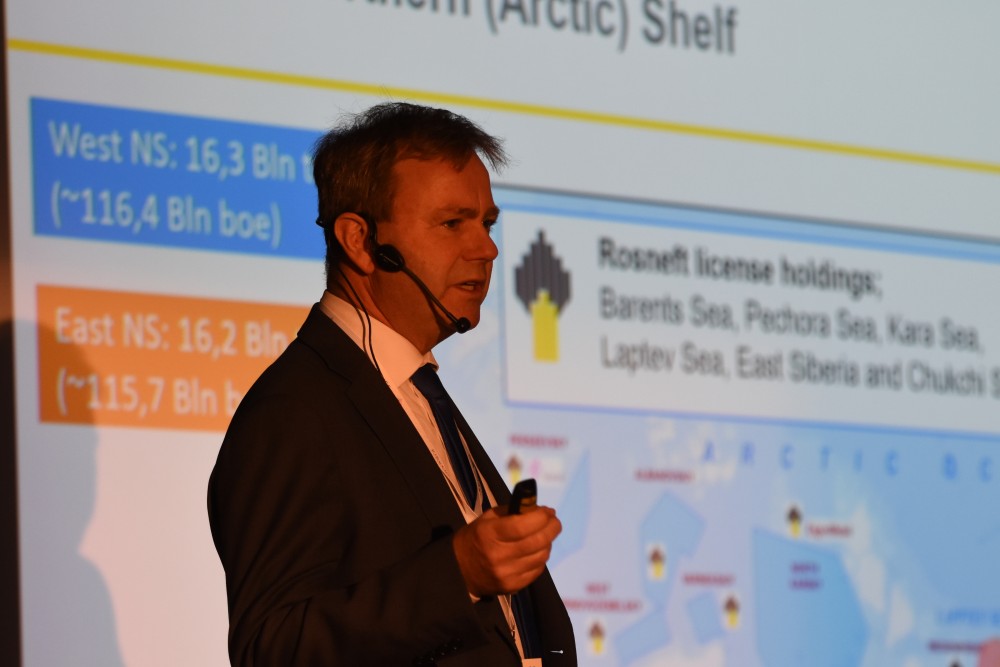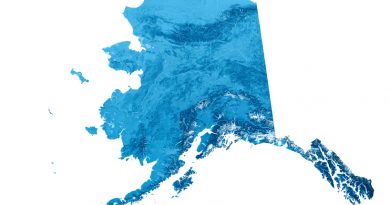A new wave of optimism for Arctic oil cooperation in Barents

Hungry for new oil fields, Norway and Russia could find synergies if developing production in the maritime border areas north of mainland Europe. Meeting at the annual Kirkenes Conference, both countries’ oil majors, Rosneft and Statoil, talked optimistic about Arctic oil.
Climate changes, trade and travel sanctions, harsh northern winter weather and economic investment risks. The daunting list of potential obstacles that could block for oil drilling in the shared Russian-Norwegian Barents Sea is long. It was, however, the possibilities making the Barents Sea a new oil province that dominated the discussion in Kirkenes.
With the frozen fjord outside the conference venue framing the talks, participants from both sides of the border warmly praised possible ways for cooperation in times of colder east-west political relations.

Halfdan Milland, head of Rosneft’s Norwegian subsidiary RN Nordic Oil, says the Barents Sea must be developed as a new independent petroleum region. It is simply too far away from other infrastructure; it will be too expensive to add it to other existing areas with petroleum activities.
“Should the area near the [maritime] border be developed, we should consider joint cross-border cooperation,” Milland says.
He points to important synergies like regional geological understanding, shared data on environment, emergency response planning and management. Also, utilisation of resources like supply vessels, drilling rigs and seismic acquisition would benefit oil companies, whether they be active on the Russian or Norwegian side of the border.
Win-win cooperation
RN Nordic Oil bought 2D-seismic results from the Norwegian Oil Directorate, seismic acquired the first season in 2011 after Russia and Norway signed the maritime delimitation agreement for the Barents Sea.
Halfdan Milland gives other examples on win-win cooperation. Ports and supply bases that could serve exploration campaigns or future fields in production will reduce overall costs.
Some of the blocks made available for oil companies in the maritime border area might actually cross the border itself. The delimitation agreement between Norway and Russia has a set of guidelines on how to share such possible cross-border resources under the seabed.
“We have had 12 expeditions in the border areas collecting environmental data. I’m sure this would be interesting for the Norwegians,” Milland suggests.
He admits synergies from shared operations and infrastructure will not come easy, or by itself. “There are different sets of rules and framework. How, as an example, could a Russian helicopter land on a Norwegian platform, etc.”
Different standards
The head of Rosneft’s Norwegian subsidiary points to the North Sea where Norway and Great Britain for nearly five decades have drilled for oil, but where standards are still very different. “Taking a rig from the British sector to the Norwegian sector requires a set of modifications.”

While cross-border cooperation seems logically from a human resources-, technical and economical perspectives, current international political controversies make such ideas far out of the horizon.
Norway follows the European Union’s Russia-related sanctions; putting a ban on the possibilities Norwegian companies have to team-up with Rosneft’s oil drilling on Russia’s Arctic shelf.
Last month, the United States tightened the screws even more.
“The January 29th sanctions by the United States are designed to prohibit American companies to deal with Russian controlled companies. It certainly has an impact on the Russian Arctic shelf. We have some plans for the Fedynsky [licence] and that may or may not happen, so it certainly has an impact on the Russian offshore scene,” Halfdan Milland says.
Rosneft’s Fedynsky licence is close to the border to the Norwegian sector of the Barents Sea. On the Norwegian side, AkerBP and Statoil are both ready to continue with drilling. Statoil’s Siri Espedal Kindem, company senior vice president for the operations north cluster, says the oil major will have a drilling campaing in the Barents Sea both this year and for the 2019 season. AkerBP’s Jorun Kvaale says her company will drill two licences in the Barents Sea in 2018.
Related stories from around the North:
Canada: Arctic nickel, not oil, could soon power the world’s cars, Blog by Mia Bennett, Cryopolitics
Germany: Cheap oil from the Arctic? Fake news, says climate economist Kemfert, blog by Irene Quaile, Deutsche Welle
Norway: Dwindling interest in Norway’s Arctic oil raises many questions, The Independent Barents Observer
Russia: For Vladimir Putin, Russia’s prosperity will come from the Arctic, The Independent Barents Observer
Sweden: EU gives financial push to battery factory in Northern Sweden, The Independent Barents Observer
United States: Big questions emerge over $43 billion gas-export deal between Alaska and China, Alaska



